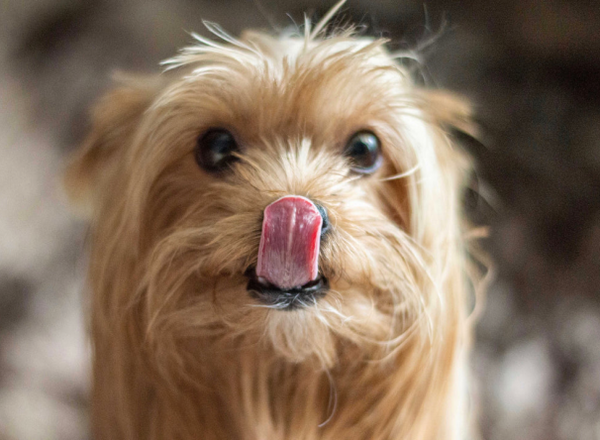Cart
Spend $65.00 more to get FREE 3 Rolls of Poop Bags
$85
FREE Shipping
![[featured-product-1]](//www.drool.pet/cdn/shop/files/S47-Front-C-Poo-Bags-3pack-24505-Drool-0306_3.jpg?v=1742360876&width=120) FREE 3 Rolls of Poop Bags
FREE 3 Rolls of Poop Bags
 FREE Pooch Pouch
FREE Pooch Pouch
![[featured-product-1]](http://www.drool.pet/cdn/shop/files/S47-Front-C-Poo-Bags-3pack-24505-Drool-0306_3.jpg?v=1742360876&width=120) FREE 3 Rolls of Poop Bags
FREE 3 Rolls of Poop Bags
 FREE Pooch Pouch
FREE Pooch Pouch



















